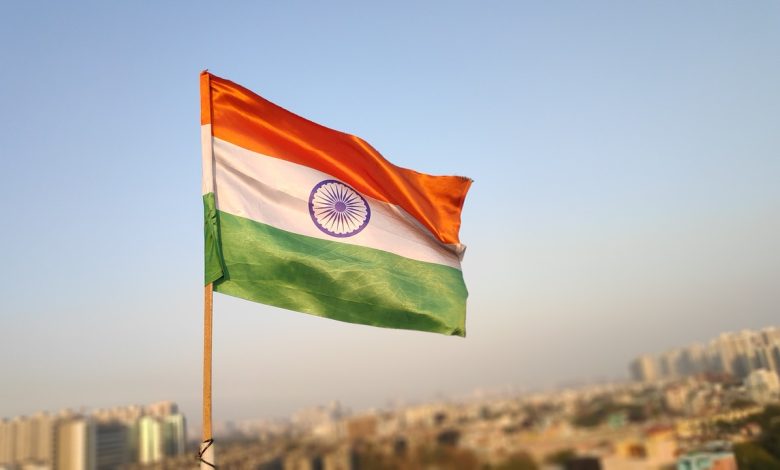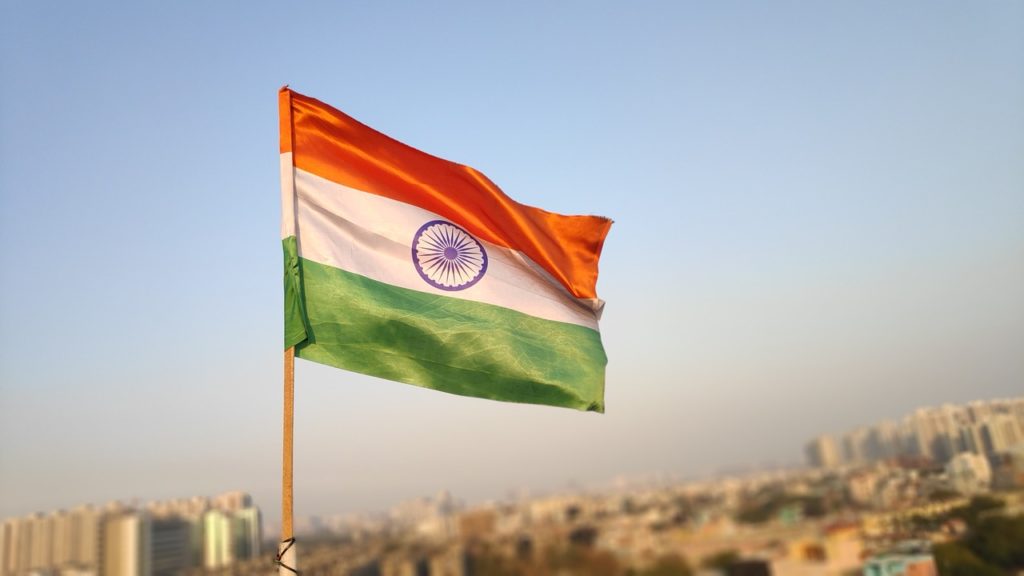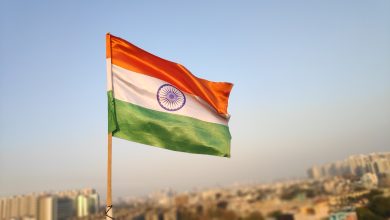India Charts Healthy Gold Demand in September

Gold demand in India was healthy in September and the outlook is strong moving forward.
Healthy retail demand in September drove the local price briefly into a premium of $2 to $3 per ounce early in the month. It was the first time gold had been in premium since May.
A correction in the local gold price helped drive demand during the first week of September. Buying cooled during the inauspicious period of Pitru-Paksha ( from Sept.10-25). Even so, the lower gold price enticed some consumers to make both spot purchases and advance bookings for upcoming festivals and weddings. And the month ended on a positive note with solid purchases ahead of Navratri.
The World Gold Council projects another month of strong demand in October.
Our interactions with the trade confirm that momentum has continued in October with consumers making festival and wedding – as well as everyday – purchases.”
One factor that pushed the premium back into a discount late in September was a loophole exploited by gold importers. The government levied a lower duty on platinum alloys. Importers took advantage of the lower duty by creating rods composed of 4% platinum and 96% gold content. According to the WGC, around 27 tons of gold was imported via this route during September.
This activity, which is against the spirit of the Indian gold market, distorted the local market and kept it in discount for most of the month. The Ministry of Finance through its notification on 3 October has closed the loophole by increasing the custom duty on platinum to 15.4%-higher than the duty on gold at 15%.”
Gold smuggling also helped boost local supplies. According to the World Gold Council, “Since the hike in the customs duty was introduced on 1 July, an increase in the smuggling of gold into India has helped keep the local market in a steady discount. Gold smuggling volumes could increase substantially in 2022 if the customs duty remains at such an elevated level.”
India has also struggled with high inflation. As it has in the US, inflation has stressed consumers and many Indians have turned to credit cards to make ends meet. The depreciation of the rupee has raised the domestic gold price. The combination of inflation impacts and higher domestic gold prices could create headwinds in the Indian gold market in the near term.
But on the positive side, gold is widely considered a hedge against inflation and currency depreciation in India. With inflation running hot, retail as well as institutional investors may flock to bar, coin and gold ETFs to protect their wealth.
Gold ETFs in India saw a net inflow of 0.4 tons of gold during September. This lifted total gold holdings by Indian funds to 38.5 tons at the end of September. Overall, Indian gold ETFs have seen small but meaningful net inflows of 0.9 tons year-to-date.
After making no purchases in August, the Reserve Bank of India added 1.4 tons to its gold reserves through the first three weeks of September, according to the latest available data. Its total gold reserves now stand at 782.7 tons. India ranks as the ninth largest gold-holding country in the world. Since resuming buying in late 2017, the Reserve Bank of India has purchased over 200 tons of gold. In August 2020, there were reports that the RBI was considering significantly raising its gold reserves.
India ranks as the second-largest gold-consuming country in the world, second only behind China, but the gold market has languished over the last couple of years. The pandemic crushed demand, particularly for gold jewelry. But even before the pandemic, record-high gold prices in rupee terms and government policy put a drag on the gold market. There were signs of a turnaround late last year and it continued through the first quarter of 2021. The second COVID-19 wave stalled the gold market’s recovery in India early in Q2, but it regained steam later in the year with strong retail demand and a surge in gold imports.
Indians traditionally buy and hold gold. Collectively, Indian households own an estimated 25,000 tons of gold and that number may be higher given the large black market in the country. The yellow metal is interwoven into the country’s marriage ceremonies and cultural rites. Indians also value gold as a store of wealth, especially in poor rural regions. Two-thirds of India’s gold demand comes from these areas, where most people live outside the official tax system.
Gold is not just a luxury in India. Even poor people buy gold in the Asian nation. According to an ICE 360 survey in 2018, one in every two households in India purchased gold within the last five years. Overall, 87% of households in the country own some amount of the yellow metal. Even households at the lowest income levels in India own some gold. According to the survey, more than 75% of families in the bottom 10% had managed to buy gold.
Gold served as a lifeline for many Indians during the pandemic.
The Indian government’s response to the first wave of COVID-19 ravaged the economy. As a result, many banks were reluctant to extend credit due to fear of defaults. In this tight lending environment, many Indians used their stashes of gold to secure loans. As Indians battled the second wave of COVID-19, many Indians sold gold outright in order to make ends meet.
Indians understand that gold tends to store value and that ultimately gold is money. If they have gold, they know they will be able to get the goods and services they need – even in the event of an economic meltdown. And while westerners may not embrace the cultural and religious aspects of the Indian love affair with gold, the economic reasons for their devotion to the yellow metal are every bit as applicable in places like the US.
Call 1-888-GOLD-160 and speak with a Precious Metals Specialist today!
Buka akaun dagangan patuh syariah anda di Weltrade.
Source link







